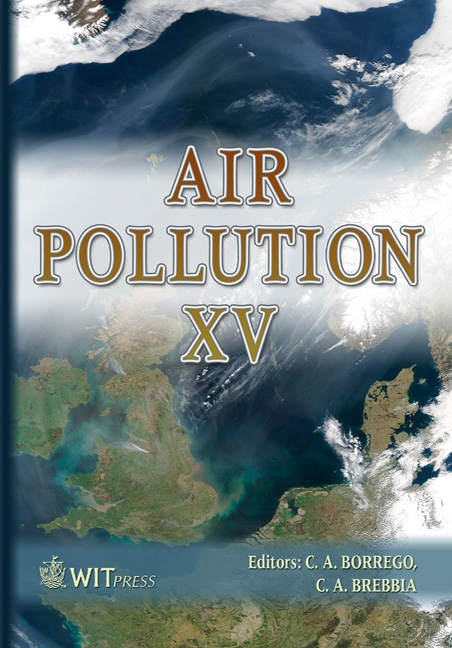Modelling Of Carbon Monoxide Dispersion Along Roads With The Use Of The Finite Element Method
Price
Free (open access)
Transaction
Volume
101
Pages
8
Published
2007
Size
307 kb
Paper DOI
10.2495/AIR070071
Copyright
WIT Press
Author(s)
W. Kamiński, M. Kucharski, E. Tomczak & J. Petera
Abstract
CFD models are used in air protection to simulate the spreading of gaseous pollutants. The CFD models allow us to obtain the necessary information on the liquid flow (velocity and pressure distribution fields), heat and mass transfer. This is achieved by numerically solving the differential equations which describe momentum transfer as well as energy and mass balances. The proposed model was based on a three-dimensional calculation grid, which represented a fragment of the environment around a considered road segment. The calculation grid was built from regular rectangular eight-node elements and mapped a two-lane road. In the grid model, cubicoids representing automobiles and trucks were placed in an air flow. The size and number of the cubicoids corresponded to the mean size of automobiles, trucks, the traffic intensity and mean velocity. For such a system, equations of air flow turbulence were solved. Next, taking into account the estimated pollutant emission and solving mass transport equation, carbon monoxide concentration profiles were calculated. The system of partial differential equations was solved using the finite element method. The software proposed by the authors was used. To verify the method, measurements were made at a selected street in Lodz, measuring the level of CO, recording wind velocity and direction, temperature, pressure and air humidity as well as the degree of clouding and additionally recording the number and the vehicle motion. Based on the film, one can determine the intensity of vehicle motion classified into trucks and automobiles and average traffic velocity. The data was used not only to obtain model parameters, but also allowed us to assess accuracy of the prediction. Keywords: traffic emission, pollution modelling, CO dispersion, finite element method.
Keywords
traffic emission, pollution modelling, CO dispersion, finite element method.





